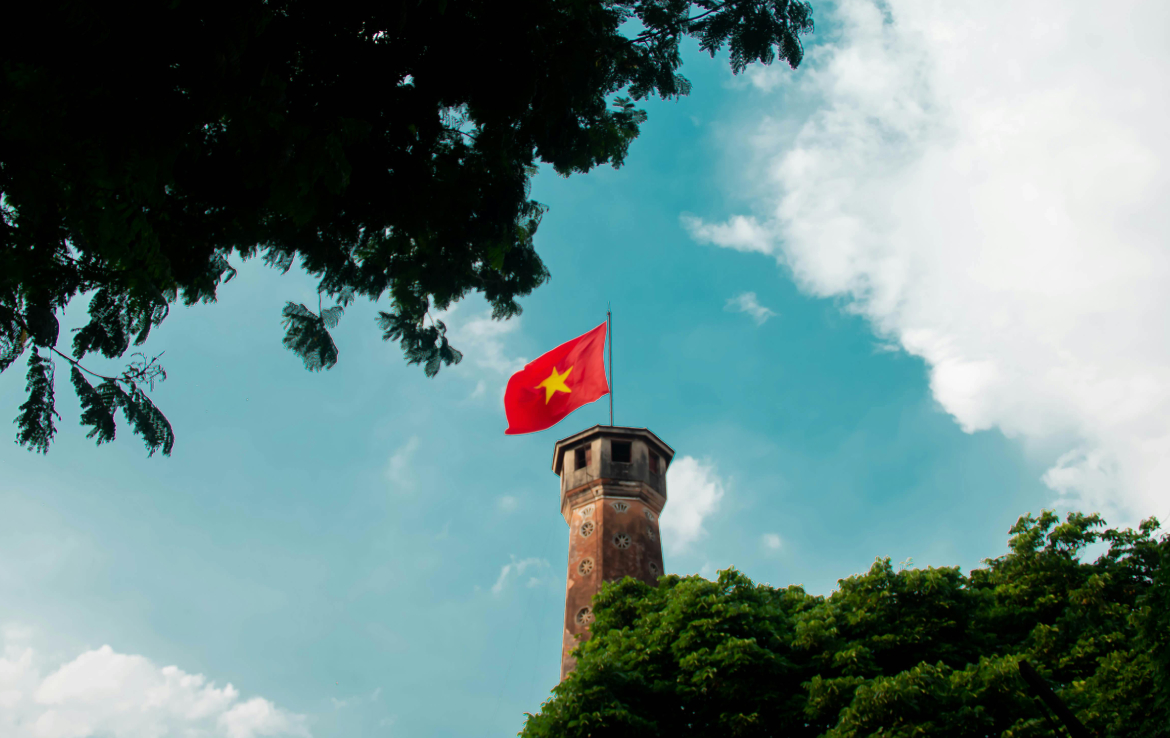Vietnam’s furniture export industry has long been a quiet success story, helping the country become one of the world’s largest furniture exporters, particularly to the United States. But a recent shake-up in the form of renewed US tariffs has sent ripples across the sector. With the US government imposing duties on certain wooden furniture imports from Vietnam, exporters are re-evaluating pricing, contracts, and supply chain strategies to remain competitive.
In this article, we explore the implications of these new tariffs, how Vietnamese manufacturers are adapting, and what legal and strategic steps exporters can take to mitigate risk while continuing to meet global demand.
The Current Tariff Landscape for Vietnamese Furniture
As of late 2025, the United States has reinstated or expanded duties on select categories of wooden furniture imported from Vietnam. These tariffs stem from anti-dumping investigations and concerns over transshipment of Chinese-origin goods through Vietnam to bypass trade restrictions.
The products primarily affected include:
- Wooden bedroom furniture
- Upholstered seating with wooden frames
- Engineered wood and composite materials used in home furniture
These tariffs range from 10% to as high as 25% (some might reach the level of 50%), depending on product classification and manufacturer history. While not all Vietnamese producers are affected, many are seeing increased scrutiny in documentation, customs declarations, and rules of origin.
Impact on Exporters and Manufacturing Operations
The immediate impact is a squeeze on profit margins, in peculiar for manufacturers locked into long-term FOB contracts with fixed pricing. Smaller firms that rely heavily on the US market are particularly vulnerable, with some facing shipment suspensions or canceled orders due to increased landed costs on the buyer’s side.
Larger manufacturers have begun reassessing their cost structures and operational flexibility. This includes:
- Delaying or staggering new product launches aimed at the US market
- Pivoting to non-US buyers such as Japan, the EU, or Australia, often through regional free trade agreements
- Reviewing input sourcing to ensure compliance with origin rules, including raw material traceability and third-party supplier certifications
Some exporters are also absorbing the tariffs temporarily, betting that US retailers will ultimately accept higher prices in the medium term due to stable demand and limited nearshoring alternatives. However, this tactic may only be viable for companies with strong cash reserves or diversified portfolios. Others are renegotiating MOUs or short-term supply contracts to build in price flexibility or shared cost mechanisms.
Internally, production planning is also being adjusted. Manufacturers are now modeling cost scenarios based on different tariff tiers and adjusting batch sizes, materials, or freight strategies to maintain margins. This shift in operational mindset is a clear sign that many players are treating the current tariffs not as a short-term disruption but a structural risk that must be managed strategically.
Legal and Contractual Considerations for Exporters
In response to the tariffs, exporters must review their existing contracts and trade terms to understand their exposure and renegotiation options. Key issues include:
- Force Majeure and Hardship Clauses: Most tariffs are not qualified as a force majeure case, but may support hardship renegotiation depending on contract wording.
- Incoterms and Delivery Risk: Contracts using FOB terms may shift customs and tariff risks onto the buyer. Manufacturers need to clarify who bears the cost and documentation burden.
- Origin Documentation: Accurate and traceable rules-of-origin documentation are now essential. Incomplete or incorrect records can lead to penalties or shipment delays.
- Dispute Resolution Clauses: With increased likelihood of pricing or delay disputes, manufacturers should revisit whether contracts contain neutral and enforceable arbitration provisions.
Legal counsel can support exporters in updating contract templates, renegotiating commercial terms, and responding to customs audits or compliance queries.
Strategic Shifts in Market and Supply Chain Positioning
Facing ongoing trade uncertainty, some Vietnamese manufacturers are rethinking their long-term market exposure. This includes:
- Diversification of Export Markets: Firms are strengthening relationships with buyers in Canada, the EU, and regional partners under FTAs like EVFTA and CPTPP.
- Upgrading Product Lines: Several manufacturers are moving up the value chain by introducing sustainable materials, designer collaborations, and ESG-certified collections that command premium pricing.
- Nearshoring and Partial Production Overseas: A few larger exporters are exploring partial assembly or finishing operations outside Vietnam to comply with origin rules or reduce tariff exposure.
These shifts require coordinated legal, logistical, and financial planning particularly in areas like IP licensing, cross-border VAT planning, and transfer pricing.
Technology and Automation as a Buffer Against Tariff Pressure
As tariff-driven price pressure mounts, some manufacturers are turning inward to protect margins through productivity gains. Investment in automation and smart manufacturing tools such as CNC machinery, automated sanding and finishing lines, and digital warehouse systems—has become a strategic response to external cost shocks.
- Labor Cost Offsets: Automation helps reduce dependency on manual labor, which can be unpredictable in both cost and availability.
- Efficiency in Custom Orders: Exporters servicing boutique or modular buyers in the US can use software-integrated machinery to reduce waste and improve precision.
- Traceability and Audit Readiness: Digital systems also enhance ESG data capture and documentation, supporting compliance in sustainability and origin audits.
While automation adoption requires upfront capital and legal compliance with tech procurement contracts, the long-term benefits are clear: higher margins, audit resilience, and scalable capacity in the face of global volatility.
Conclusion
Vietnam’s furniture exporters are under pressure but not standing still. From contractual recalibration to market diversification and legal strategy, manufacturers are showing resilience in the face of renewed tariffs.
At Corporate Counsels, we support Vietnamese manufacturers and exporters in navigating complex trade environments. Whether you’re responding to tariff shocks, renegotiating contracts, or restructuring your supply chain, our top legal team is here to help. Contact us at letran@corporatecounsels.vn for strategic legal support tailored to your operations.








